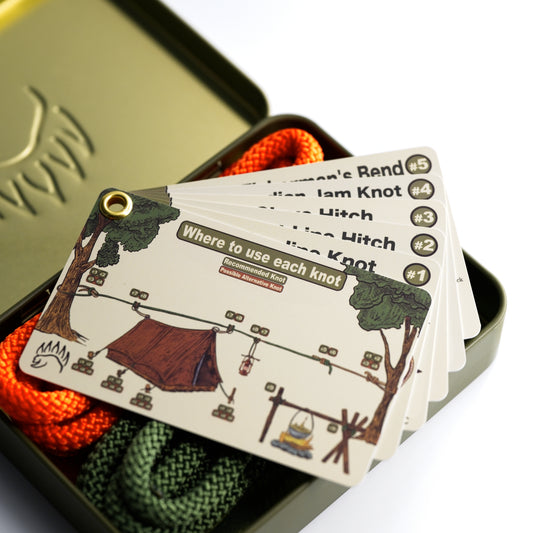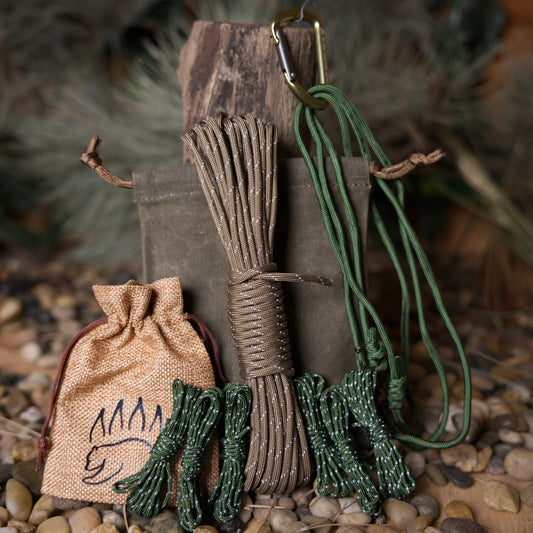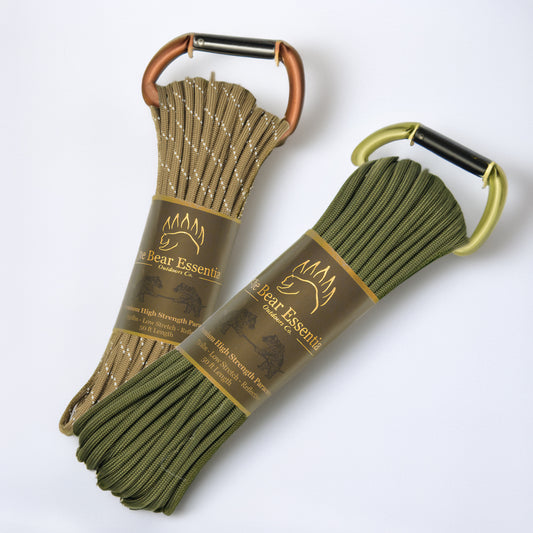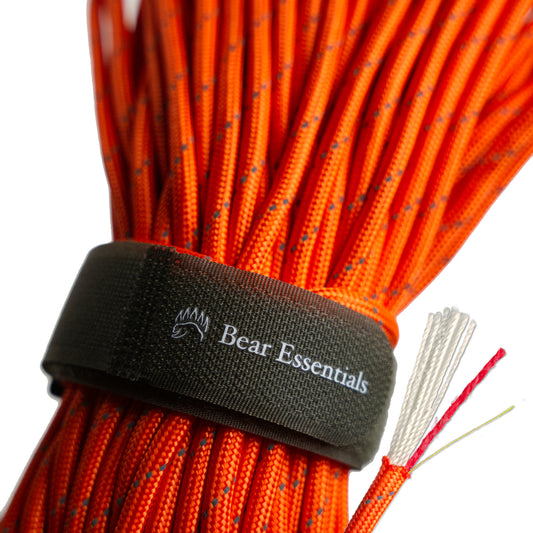How to Tie the Figure Eight Loop
Usage
The Figure Eight Loop is a reliable fixed loop knot widely used in climbing, caving, and decorative applications. It’s an essential knot for creating a secure loop at the end of a rope or around an object. While simple to tie and verify, it can jam after heavy loads, especially in stiff ropes. The follow-through (re-threaded) method is ideal for tying the knot around objects that cannot easily have a loop slipped over them, such as attaching a rope to a climbing harness.
Why Learn the Figure Eight Loop?
This knot stands out for its unmistakable design, which makes it easy to check for safety and correctness. While it may jam after heavy loads, its security and versatility make it an essential skill for climbers, cavers, and anyone needing a fixed loop. It’s also easier to teach and verify compared to more advanced knots like the Double Bowline.
Common Uses
-
Climbing and Caving:
- Attaching ropes to harnesses.
- Creating fixed loops for anchors or belays.
-
Decorative Applications:
- Crafting ornamental loops and creating secure loops for display purposes.
-
General Utility:
- Securing loops for hauling or lifting and creating loops for towing or attachment.
ABOK Number(Ashley Book of Knots)
Other Names
TypeAnchor / End Loop |
Notable Features
- Secure and Reliable: Holds its shape well under load.
- Easy to Verify: Its distinctive design makes it easy to check for correctness.
- Versatile: Works well for climbing, caving, and decorative purposes.
- Simple to Tie: Can be tied using the bight method or follow-through method for added flexibility.
Variations
Figure Eight Follow-Through vs. Figure Eight Loop
- Pros: Useful when tying around fixed objects.
- Cons: Takes more time to tie.
Similar Knots
Figure Eight Follow-Through vs. Figure Eight Loop
- Pros: Secure for tying loops around objects.
- Cons: Requires additional time and steps.
Double Bowline vs. Figure Eight Loop
- Pros: Easier to untie after heavy loads.
- Cons: Less intuitive and harder to teach.
Double Dragon Loop Knot (Rope End Method) vs. Figure Eight Loop
- Pros: Provides a strong, secure loop; easy to adjust and untie.
- Cons: Slightly more complex to tie.
History
The Figure Eight Loop has a long history as a reliable loop knot, valued for its simplicity and security. While primarily associated with climbing and caving, it has also found uses in decorative applications and general utility work. Its design is praised for being easy to inspect and recognize, making it a preferred choice for beginners and safety-critical tasks.
Security Level
The Figure Eight Loop is generally secure and reliable for light to moderate loads. However, it can jam under heavy strain, making it difficult to untie. For critical applications, always ensure the knot is tied and dressed correctly.
Downsides
- Can Jam: Under heavy loads, especially in stiff ropes.
- Hard to Untie: Takes more effort to untie after significant tension.
- Not Adjustable: Not suitable for applications requiring frequent adjustment.
Structure (Step-by-Step Instructions)
- Double the rope to create a bight.
- Form a loop with the bight, leaving enough length for the knot.
- Pass the working end of the bight around the standing part.
- Thread the working end back through the initial loop.
- Pull on the standing part to tighten and dress the knot.
Follow-Through Method:
- Tie a loose Figure Eight Knot in the rope with extra tail length.
- Pass the tail around or through the object you’re securing.
- Retrace the tail through the original Figure Eight Knot.
- Pull on the standing part to tighten and dress the knot.
FAQ
What is the Figure Eight Loop used for?
It’s used for creating secure, fixed loops in climbing, caving, and decorative applications.
Why is the Figure Eight Loop preferred for beginners?
Its design is easy to teach, verify, and inspect, making it ideal for safety-critical tasks.
Can the Figure Eight Loop handle heavy loads?
Yes, but it can jam and become difficult to untie after significant strain.
What is the follow-through method?
The follow-through (or re-threaded) method is used when tying the knot around objects that cannot easily have a loop slipped over them.
How does it compare to the Double Bowline?
The Double Bowline is easier to untie after heavy loads but is less intuitive to tie and verify.
Important Notes on Safety
The Figure Eight Loop is a dependable knot for many applications, but always verify its structure, especially in safety-critical situations. Inspect ropes for wear and test the knot under load to ensure security.









